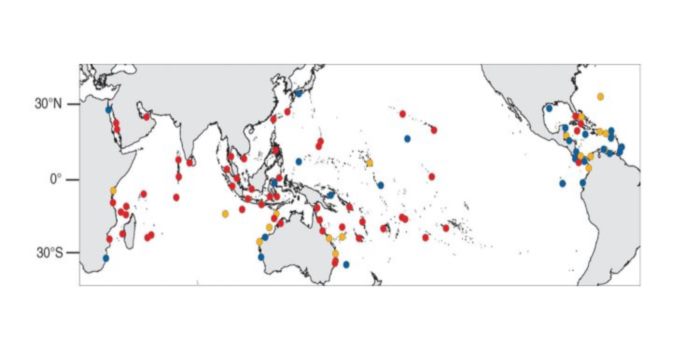
Spatial and temporal patterns of mass bleaching of corals in the Anthropocene
Blog, Plant Science Research Weekly, Research, Research BlogScience. As our ecosystems are changing rapidly, more studies are needed to document them. One of these important events is “coral bleaching”, a phenomenon that occurs due to environmental stress and when coral hosts lose their algal symbionts or zooxanthellae (Symbiodinium spp.), showing the white…
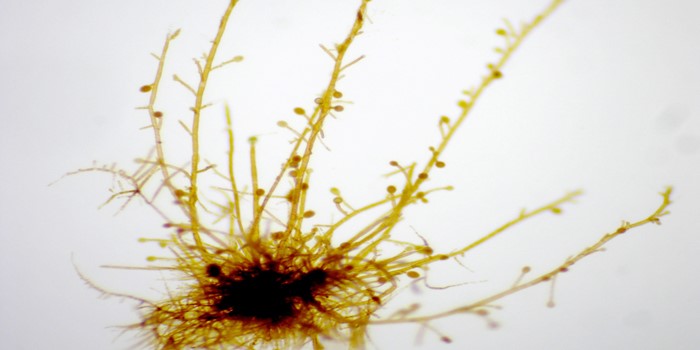
HOW TO BUILD A SEAWEED
Research, The Plant Cell, The Plant Cell: In a NutshellGodfroy et al investigate basal cell fate determination in the brown alga Ectocarpus https://doi.org/10.1105/tpc.17.00440
BACKGROUND: Brown algae are multicellular photosynthetic marine organisms living on rocky shores across the globe and representing one of the most developmentally complex groups…
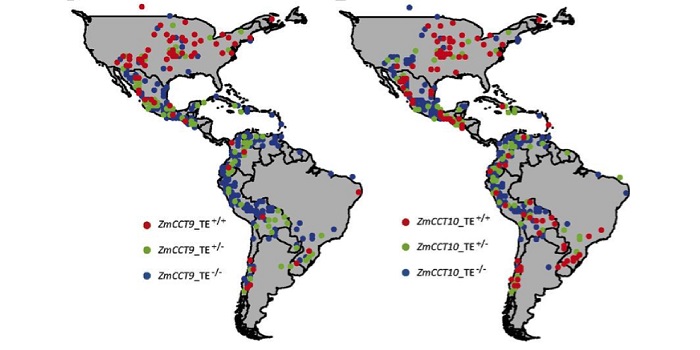
Maize adaptation to higher latitudes has been facilitated by transposon activities.
Blog, Plant Science Research Weekly, Research, Research BlogProc. Natl. Acad. Sci. USA. Flowering is a major determinant of crop adaptation to new environments. Starting from its tropical origins and requirement for short-day conditions to flower, natural selection and breeding have allowed maize to adapt to long-day environments and thus be grown over a wider…

Cell density and airspace patterning in the leaf can be manipulated to increase leaf photosynthetic capacity
Blog, Plant Science Research Weekly, Research, Research BlogIncreasing photosynthetic conversion efficiency is an attractive target for improving crop yields. One way of affecting this is to alter the way CO2 is delivered to Rubisco, the carbon-fixing enzyme of photosynthesis. Lehmeier et al. aimed to change the pattern of air spaces within Arabidopsis leaves…
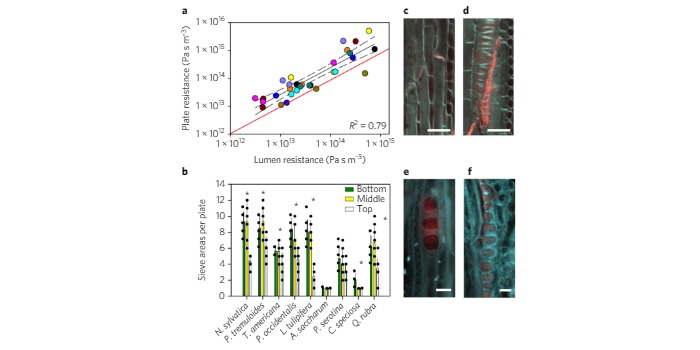
How do trees transport carbohydrates?
Blog, Plant Science Research Weekly, Research, Research BlogAs a tree grows in height, increasing the length of the transport pathway, the hydraulic resistance of the vascular tissues should increase. It is not clear if trees only rely on passive transport mechanisms (no active loading of sugars) to move carbohydrates from shoots to roots. To answer this question,…
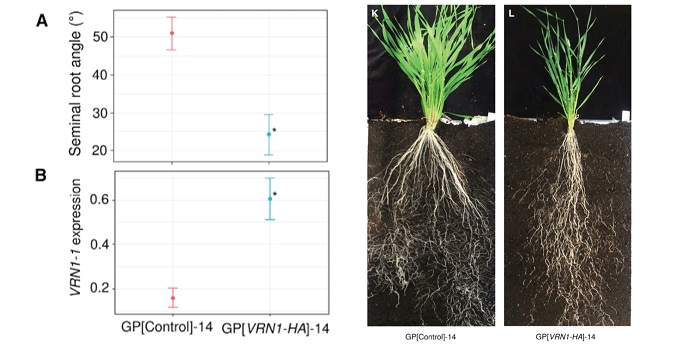
VERNALIZATION1 modulates root system architecture in wheat and barley
Blog, Plant Science Research Weekly, Research, Research Blog
Root angle determines the rooting depth and was recently associated with the VERNALIZATION1 locus. Using hexaploid wheat, Voss-Fels et al. mapped the root angle to the locus encoding the MADS-box transcription factor, which was previously associated with flowering time. The group found that the lines…
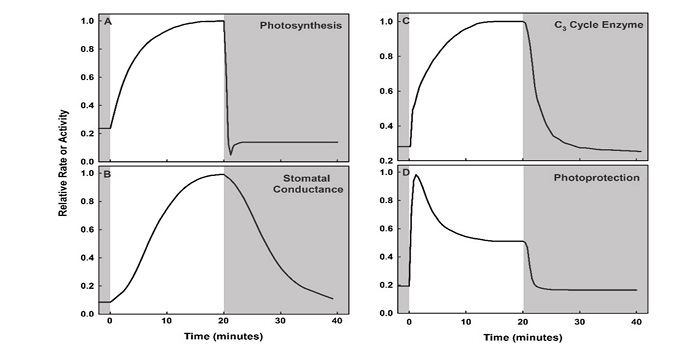
Update: Impacts of fluctuating light on crop performance
Blog, Plant Science Research Weekly, Research, Research BlogLight intensity varies seasonally, with time of day, with cloudiness, and as overlying leaves move in the wind. A sudden change in light intensity alters photosynthetic responses, but not all responses change at the same rate. For example, upon an increase in light intensity, photosynthetic electron…

Nitric Oxide and Diatoms
Blog, Plant Physiology, Plant Physiology: On The Inside, Research, Research BlogAll gases in the N cycle, including nitric oxide (NO), are present in oceans, either because of gas exchanges at the air-water interface or because they are produced within oceans themselves. NO, a physiologically important gaseous transmitter, is generated in seawater by nonbiological photochemical…
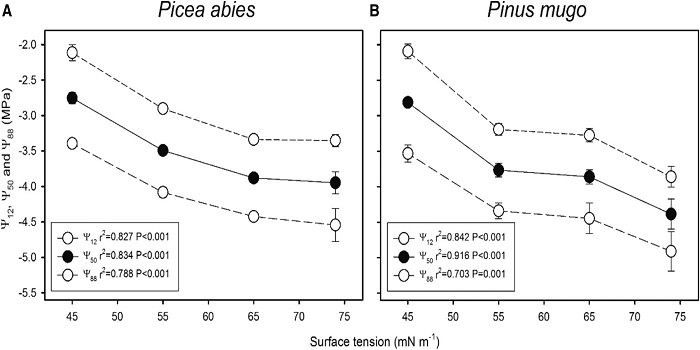
Xylem Sap Surface Tension and Hydraulic Safety
Blog, Plant Physiology, Plant Physiology: On The Inside, Research, Research BlogXylem embolisms are induced by drought stress and/or freezing stress by means of “air-seeding,” that is the aspiration of gaseous bubbles into xylem conduits from adjacent gas-filled compartments via the pits. At water potentials less negative than the threshold for air seeding, the air-water interface…

